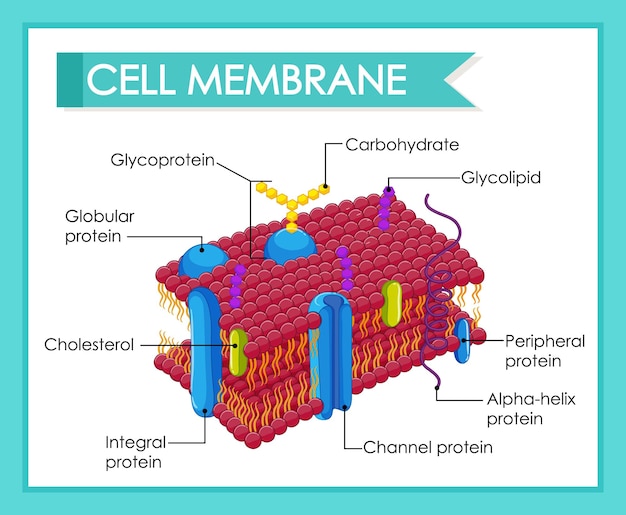THE FUNDAMENTAL UNIT OF LIFE
All organisms including plants and animal are composed of cell. Each and every cell arises from pre - existing cell . These cells are become specialized to perform different specialized functions after division. Cell is the basic fundamental structural and functional unit of living organisms .
Discovery of cell -
ROBERT HOOKE ( 1665 ) EXAMINED A THIN SLICE OF CORK UNDER THE PRIMITIVE MICROSCOPE . HE OBSERVED THAT CORK CONSISTS of small box - like structures resembling honeycomb . He called these boxes cells
Scientist Year Work
Robert Hooke 1665 Discovered cells for first time in cork slice with the help of
a primitive microscope
Leeuwenhoek 1674 discovered free living cells in pond water using an improved microscope
Robert brown 1831 Discovered nucleus in cell
Purkinje 1839 Coined the term "protoplasm " for the fluid substance of cell
___________________________________________________________________________________
________________________________________________________________________________
Shape of cell - some cell have fixed cell ( e.g. most plant and animal cells ) , while some cells like WBSs and amoeba keep changing their shapes . Fixed shaped cells may be of various types like elliptical(e.x. fat cell), spherical (e.g. ovum)spindle - shaped ( e.g. smooth muscle cell ) knobbed thread ( e.g. sperm ) , discoidal ( e.g. RBC), elongated (e.g. nerve cell ) , etc.
Size of cells -
The size of cell varies significantly from the smallest cell of mycoplasma ( 0.1-0.5 um ) to very large egg cells of the ostrich (, 18 cm ) . Longest cells of human body are the nerve cells , which may reach up to a length of 90 cm .
Some Important Questions
1- who discovered free-living cells ?
2-Give name of two organisms each that are ? B- Unicellular B- Multicellular
3-Name the two cells which can change their shape
4- Which is the longest cell in human body ?
5- Unicellular organisms organisms differ from multicellular ones . how ?
cell membrane / plasma membrane
This is outermost living , thin and delicate covering of cell . it separates the contents of the cell from its external environment .
presence of lipids and proteins ( as phospholipids) provides flexibility to plasma membrane . It enables engulf food and other material from external environment . This process is called endocytosis, e.g. Amoeba acquires food through this process , with the help of finger - like projections called pseudopodia. __________________________________________________________________________________
.
__________________________________________________________________________________
__________________________________________________________________________________
Prokaryotic cell
1- size- Generally small ( 1-10 um) 1um = 10m
2- Nuclear region - Undefined and contains only nucleic acids called nucleoid , lacks nuclear membrane .
3- Chromosome are single
4- membrane bound cell organelles absent
__________________________________________________________________________________
Eukaryotic cell
1- Size - Generally large ( 5-100 um ) 1um-10m
1-Nuclear region - Well defined and surrounded by a nuclear membrane
3- Chromosome are more than one
4- membrane bound cell organelles present
__________________________________________________________________________________
Cell wall -
1-They are determine the morphology , growth and development of plant cell
2-Protect the protoplasm
3-Help the plant in with standing the gravitational forces
4- Transport of material and metabolites into and out of the cell
5- They with the turgor pressure
CELL - CELL MEMBRANE , CYTOPLASM , NUCELUS
⇩
CELL ORGANNELS , CELL INCLUSIONS
Cell organelles - Endoplasmic Reticulum
- Mitochondria
- Golgi apparats
- Ribosomes
- Lysosomes
- plastids
__________________________________________________________________________________
Cell inclusions -
- Granules
- Vacuoles
__________________________________________________________________________________
Nucleus -
- nuclease membrane
- nucleoplasm
- nucleolus
- chromatin fibers
__________________________________________________________________________________
Animal cell
Nucleus -
Structure - ( 1) - Largest cell organelle coloured with double layered nuclei membrane
2- Mostly spherical , dense and contain jelly like fluid called Nucleoplasm .
3- Contain network of thread like structure called cramative fiber Which contain DNA ( Dioxayribo nuclic acid )
4- Play key role of cellular Reproduction .
__________________________________________________________________________________
Endoplasmic Reticulum
__________________________________________________________________________________
Function - Make and package proteins and lipids
. Found in eukaryotic cell
. Longest organelle
. Two type - RER and SER
RER- ribosomes are attendance to its outer surface hence it surface appear rough
SER- lipid formation detarofication in verification liver cell
__________________________________________________________________________________
Golgi apparatuses -
__________________________________________________________________________________
THANK
YOU
__________________________________________________________________________________






/endoplasmic_reticulum-56cb365f3df78cfb379b574e.jpg)




0 Comments